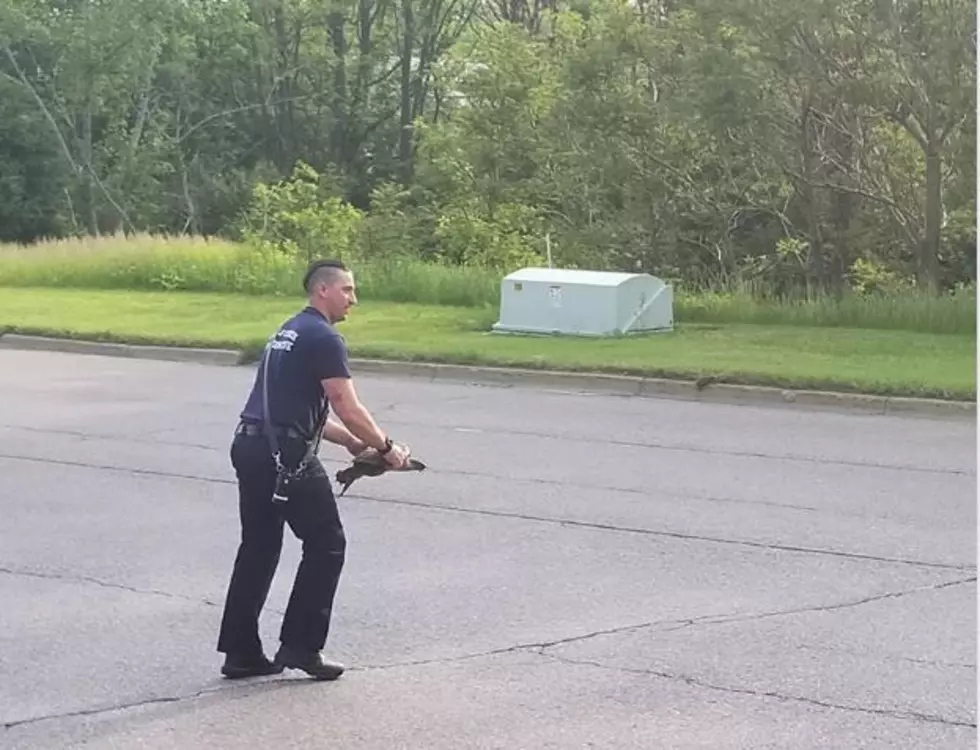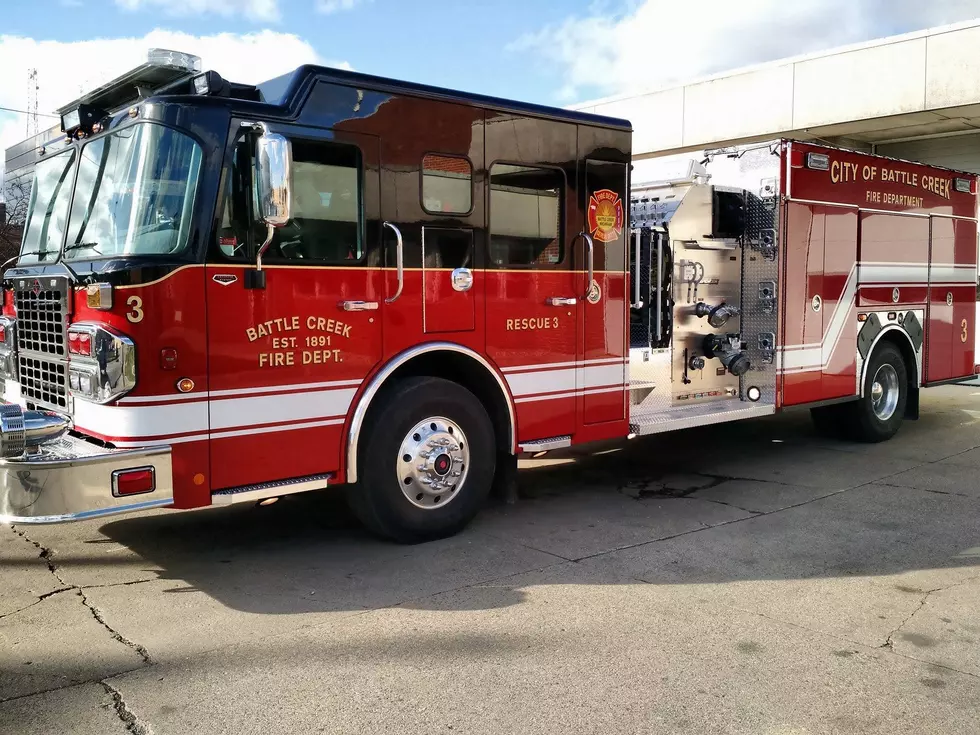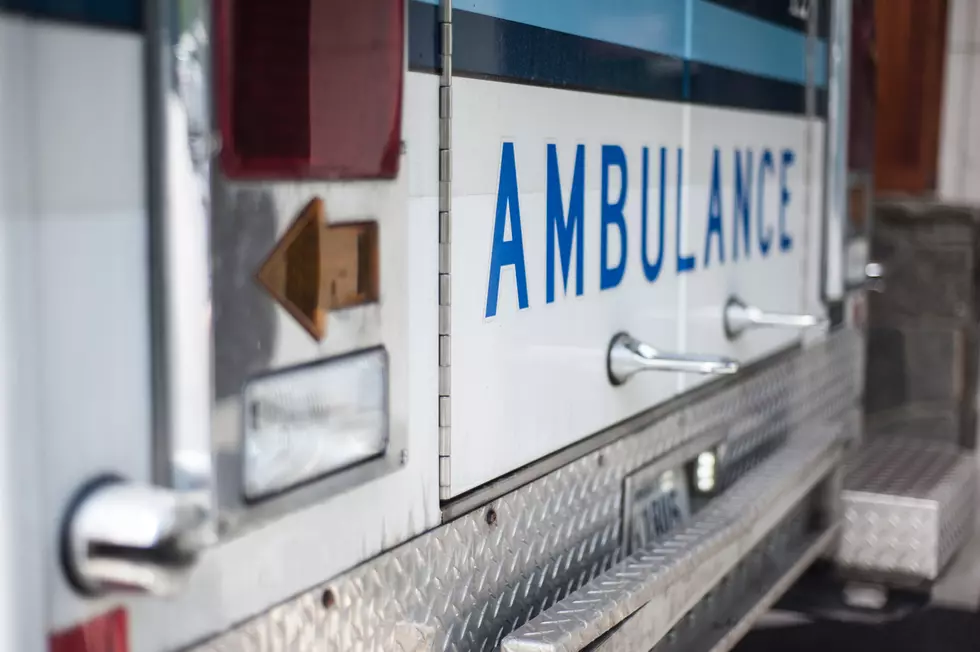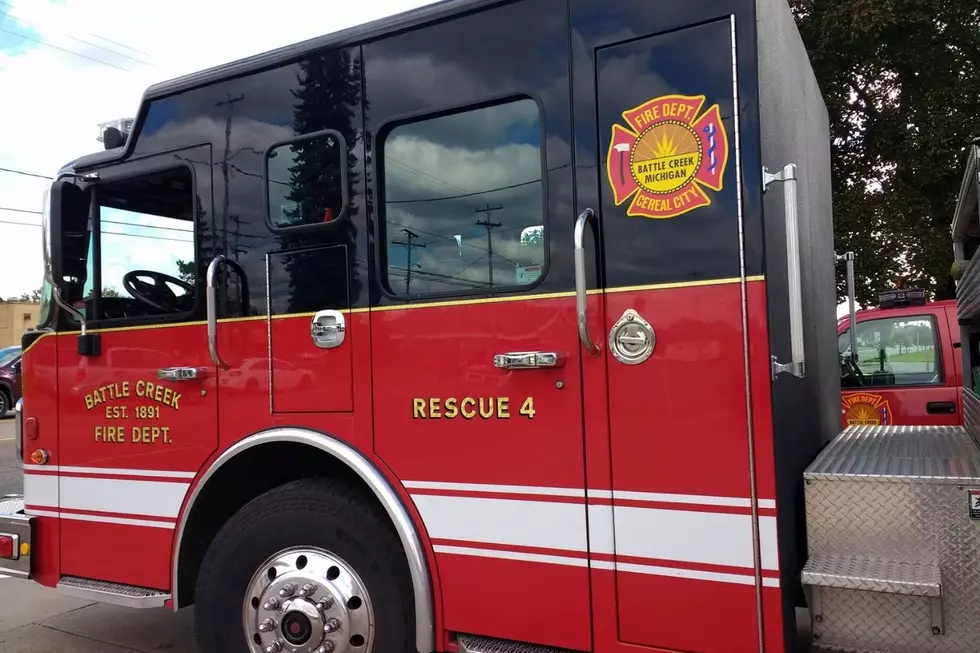
Helping Out Turtles…What to Know
We saw this photo of Battle Creek Fire Fighter Gary Metheny rescuing a turtle from the road. There were a lot of nice comments too, as there should be. I've been doing it for years and I think its a very noble thing to do. But be careful! There's not always a fireman like Gary around.
The website wildlifecenter.org has some tips:
- Assist turtles crossing the road by carrying them across in the direction they’re headed. Many turtles crossing roads are egg-laden females looking for appropriate nesting sites.
- Do NOT relocate a turtle to a “better place”. Turtles have small home territories and should be left where they are found. Their survivability depends on it!
- Take special care when dealing with a Snapping Turtle. These turtles may be as much as 19 inches long, weigh up to 35 pounds, have powerful jaws, and a long neck . To handle a large Snapping Turtle safely, avoid the front half of the turtle’s body. While wearing gloves, place one hand on the base of the turtle’s tail – to help stabilize and secure the turtle – and slide the other hand halfway under the turtle’s shell.
- Always wash your hands with soap and water after handling a turtle.
If you find an injured turtle and decide to take it to a veterinarian, make a careful note of where you found it, so it can be returned there.
Another website, thedodo.com offers some good information.
- If the turtle has a crack in the shell, do not place it in water. If there's a puncture in the lung, the turtle can drown.
- In the case of snapping turtles, never, ever pick one up by the tail,. This can break their spine.
- Use caution by grabbing by the back of the shell and placing on a car mat or other object it can be dragged on if it's too large to pick up.
Be careful with snapping turtles! They don't usually bite, but don't take a risk. They don't really want to bite you any more than you want to be be bitten.
And above all be careful that you don't get hit by a car while trying to save a turtle from that fate.
More From WBCKFM









